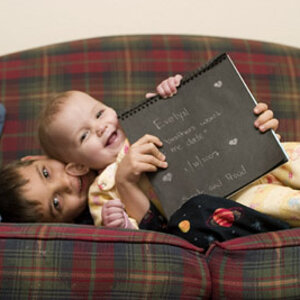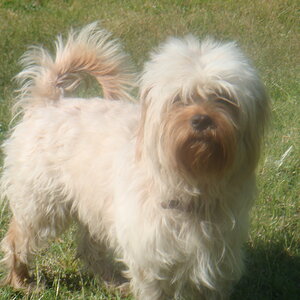samdennis1675
TPF Noob!
- Joined
- May 21, 2010
- Messages
- 5
- Reaction score
- 0
- Location
- Randolph NJ USA
- Can others edit my Photos
- Photos OK to edit
I am shopping for a DSLR on a budget for handheld bird/nature photos. I enjoy taking my Kodak z915 point & shoot camera with me when I go out in the woods for a hike. It has a 10x zoom with a max of about 300mm (equivalent). But it has no viewfinder and shutter lag, so I tend to get a lot of shots showing the branch the bird just flew off from, or sometimes a random branch somewhere near the bird.
I want to get a smallish DSLR with a bit longer lens- more magnification but still hand holdable.
I am thinking of the Olympus 510-520 because its small, used examples are inexpensive, and it has an inexpensive zoom available at about the right focal length.
But also I understand that if you mount an old 35mm telephoto, it effectively doubles the focal length. So if I put an old 400mm 5.6 lens on it I would have an effective 800mm 5.6. Is that correct?
Also I understand that the Image Stabiliser in that camera would work even on an ancient telephoto. I realize that f stop and focus would be manual.
My questions are ; has anyone tried a similar set-up and did it work out well? Is there a better option out there for this application? Is there a cheaper one?
I have seen these cameras out there for about 250-350 used, and I already have the telephotos from my old Konica film camera that could be modified to fit the Olympus.
THanks in advance for your thoughts and advice.
I want to get a smallish DSLR with a bit longer lens- more magnification but still hand holdable.
I am thinking of the Olympus 510-520 because its small, used examples are inexpensive, and it has an inexpensive zoom available at about the right focal length.
But also I understand that if you mount an old 35mm telephoto, it effectively doubles the focal length. So if I put an old 400mm 5.6 lens on it I would have an effective 800mm 5.6. Is that correct?
Also I understand that the Image Stabiliser in that camera would work even on an ancient telephoto. I realize that f stop and focus would be manual.
My questions are ; has anyone tried a similar set-up and did it work out well? Is there a better option out there for this application? Is there a cheaper one?
I have seen these cameras out there for about 250-350 used, and I already have the telephotos from my old Konica film camera that could be modified to fit the Olympus.
THanks in advance for your thoughts and advice.


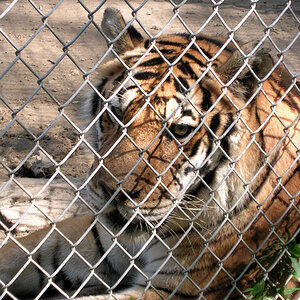

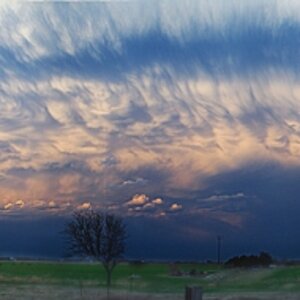
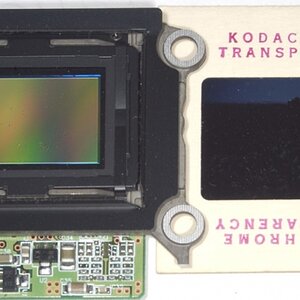
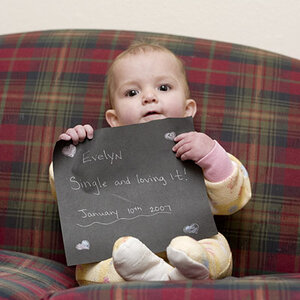
![[No title]](/data/xfmg/thumbnail/30/30996-79ed44b1137a7c3ab5b0a1146b111238.jpg?1619734559)
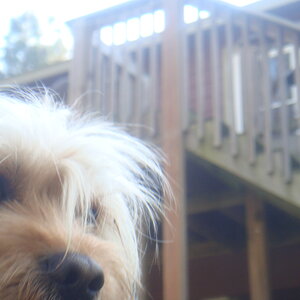
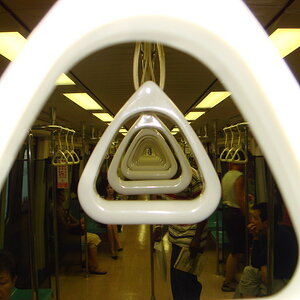
![[No title]](/data/xfmg/thumbnail/41/41799-fe172a668fba7717bf773664387d64aa.jpg?1619739897)
